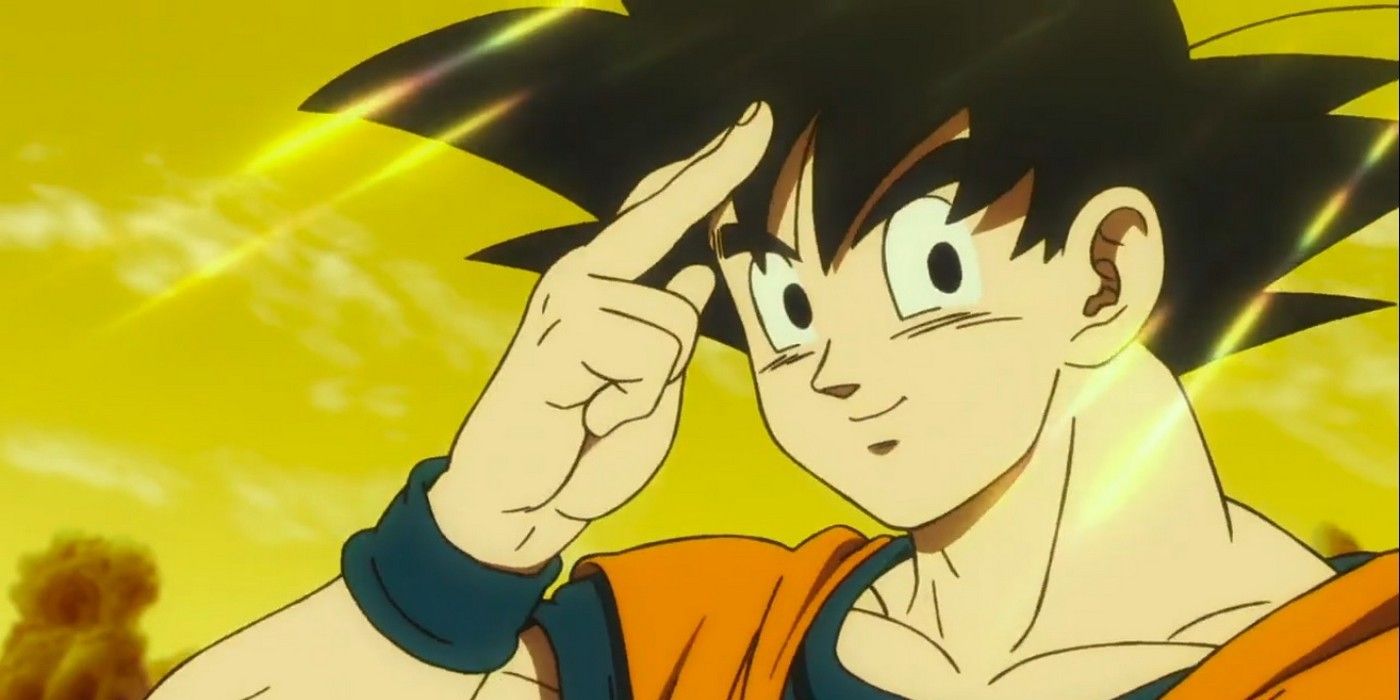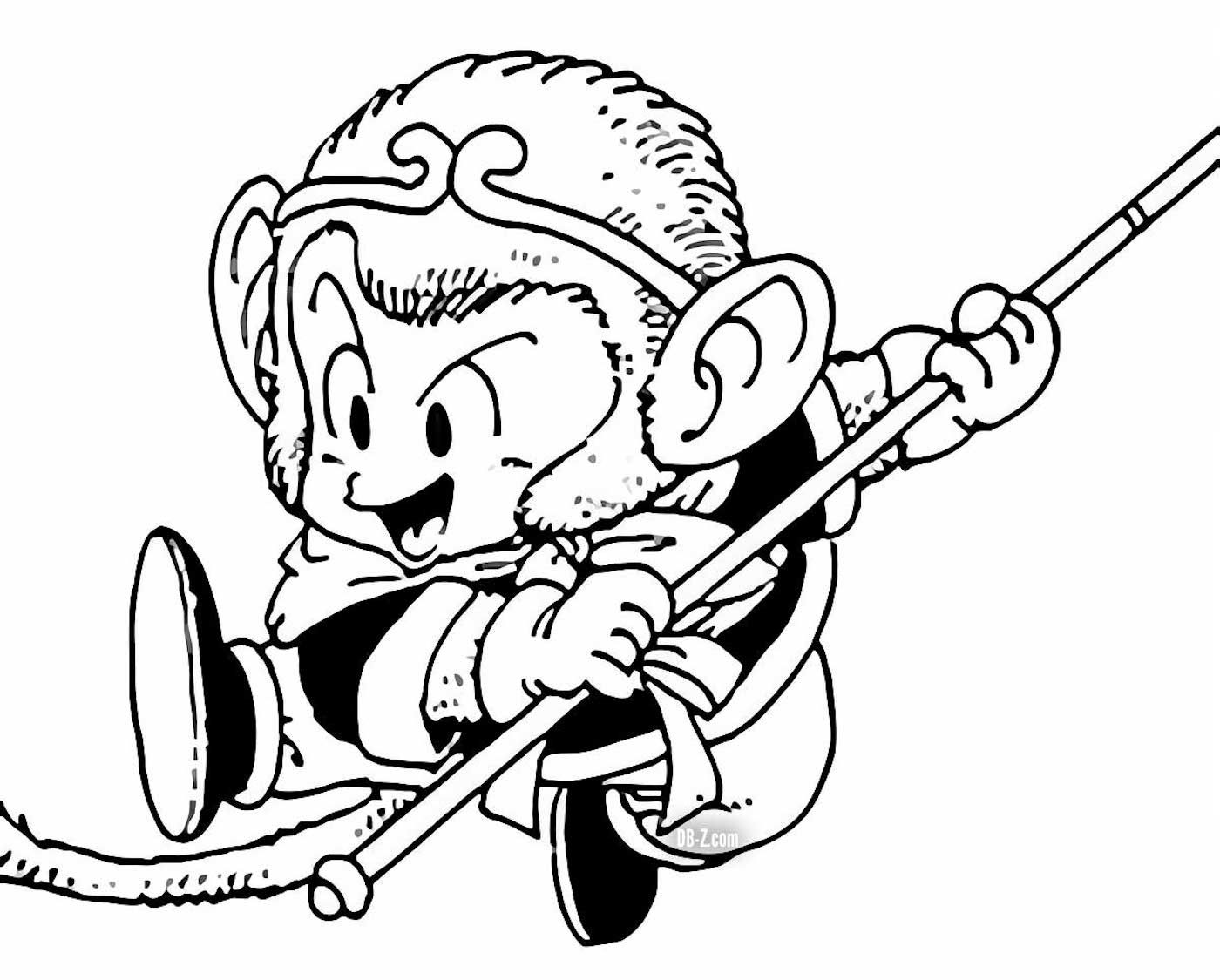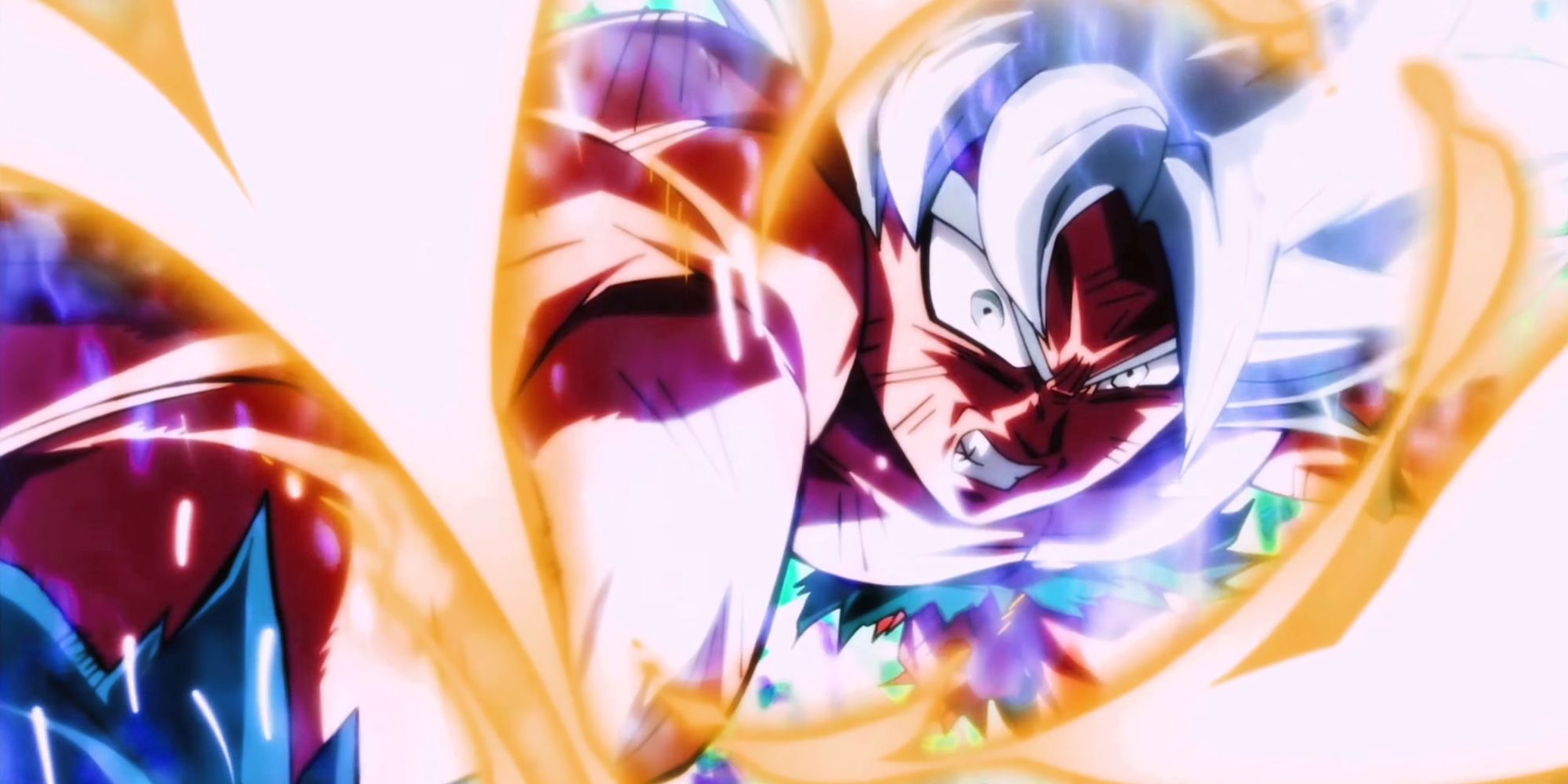Son Goku’s name is derived from the Japanese translation of the Chinese characters which make up the name Sun Wukong, a hero from Journey to the West.

Even Dragon Ball fans may be surprised to know that Goku has another name that isn’t his given Saiyan name, Kakarot. Goku’s legacy as a martial artist and hero all stems from Dragon Ball’s origins as a Journey to the West parody, something that has no doubt shaped even the current Dragon Ball landscape. In fact, Goku’s secret name is intrinsically connected to these origins born from the great Chinese novel.
In Akira Toriyama’s original drafts for Dragon Ball, as revealed in an interview for the Dragon Ball guidebook Daizenshuu 2, he depicted Goku as a full-on monkey boy. His second draft was closer to a boy in sailor clothes that rode atop a flying mech as opposed to the Flying Nimbus cloud. His third and final iteration settled on the middle ground between monkey and boy that fans know today. This final draft was due to his attempt to stay as close as possible to the source material of his adaptation, Journey to the West. This source material would later prove to be the source of his new protagonist’s name, Son Goku, which in and of itself is simply the Japanese translation of the most popular Journey to the West character.
Son Goku’s Name is Also Sun Wukong

Son Goku is the Japanese translation of the Chinese name Sun Wukong, written with the characters, 悟空. Goku’s name, in essence, is Sun Wukong. The connection to Sun Wukong doesn’t end there, however, as Goku’s alternate name also has deep connections to his journey as a martial artist. In the original story of Journey to the West, a Buddhist monk by the name of Tang Sangzang is tasked with journeying to India in order to retrieve a set of Buddhist scrolls. Along the way he encounters a set of demons who later become his most powerful allies. One of those allies is Sun Wukong himself, and his name itself describes his long journey to enlightenment.
Sun Wukong, and by extension, Son Goku’s name can be translated as “enlightened to emptiness” or “aware of the void.” This is particularly significant because of Goku’s current path to achieving higher levels of Ultra Instinct. In chapter 63 of Dragon Ball Super, the angel-in-training Merus sacrifices his life in order to seal away Moro’s power copying technique. His death is ultimately the trigger for Goku’s ascension to Perfected Ultra Instinct once again, not because of overwhelming grief or anger, but because Goku has learned to master those feelings and eliminate them. Goku’s Ultra Instinct is how he has become enlightened to emptiness.
Goku’s True Ultra Instinct Caps Off His Enlightenment

In fact, this trend continues into the Granolah the Survivor Saga of Dragon Ball Super as well, where Goku develops a new form of Ultra Instinct, the “True” Ultra Instinct. In this state, Goku does not completely divorce himself from his emotions, but instead puts them to work for him. Rather than being controlled by rage, as was the case with his Great Ape form, or needing to remain angry in order to use Super Saiyan in the beginning, Goku has become the one in control of how he feels. Goku feels his feelings, but he does not let them dominate his actions–the ultimate expression of achieving enlightenment.
Whether more levels of mastery lie ahead of Goku or not, it’s interesting that his path through the various Saiyan forms has mirrored a journey to enlightenment. Decades of martial arts training has led Goku to this point, and yet his secret and true name revealed the end goal from the very beginning. Goku’s legacy as an offshoot of Sun Wukong will only further cement itself as Dragon Ball continues, not just in his name, but in his actions and growth as a martial artist.



